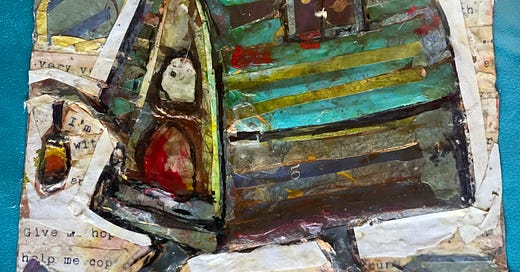Editorial
by Jessica Schneider
Editor
03-21-24
“Hey friends I am reaching out because I do need your support. I have lost my home and I have to relocate within 30 days.”
A friend sent this message on a group thread of active volunteers in Loveland. We are the people we reach out to when we know someone needs help. This time, it was one of us.
Reading it, I we…
Keep reading with a 7-day free trial
Subscribe to Behind The Voice to keep reading this post and get 7 days of free access to the full post archives.




